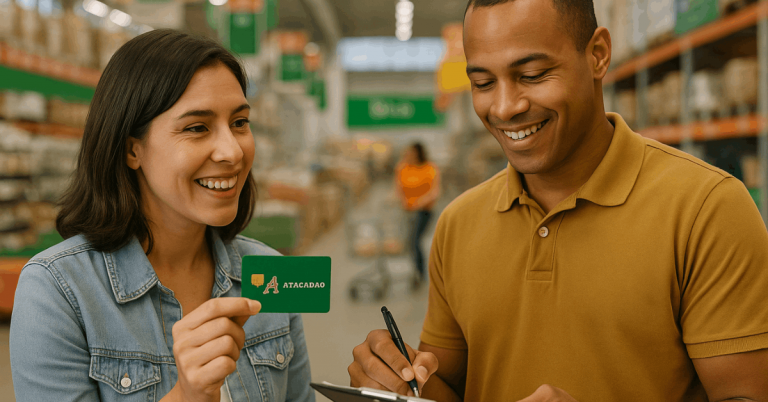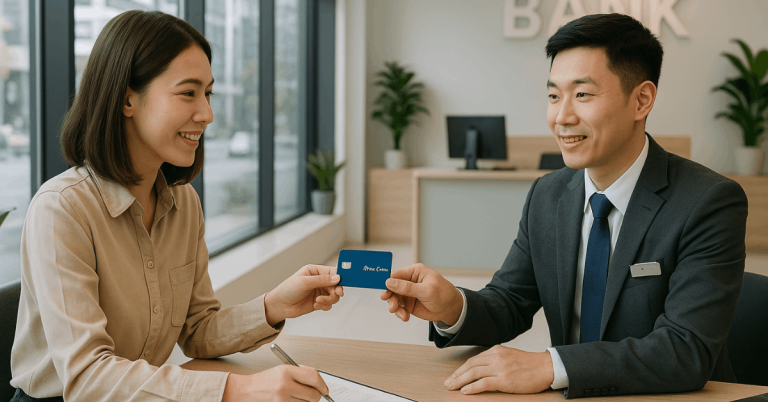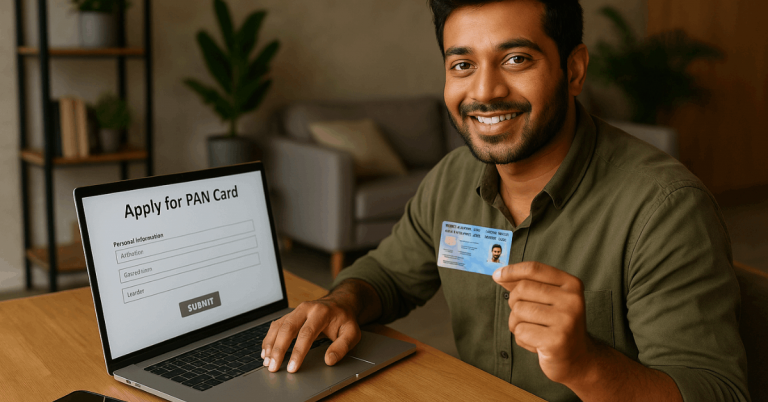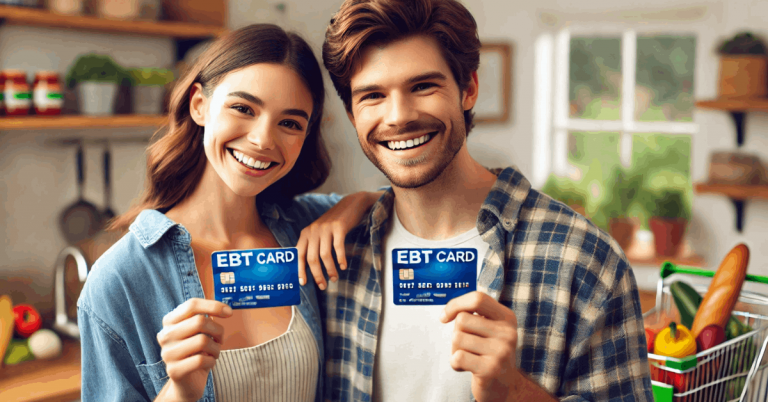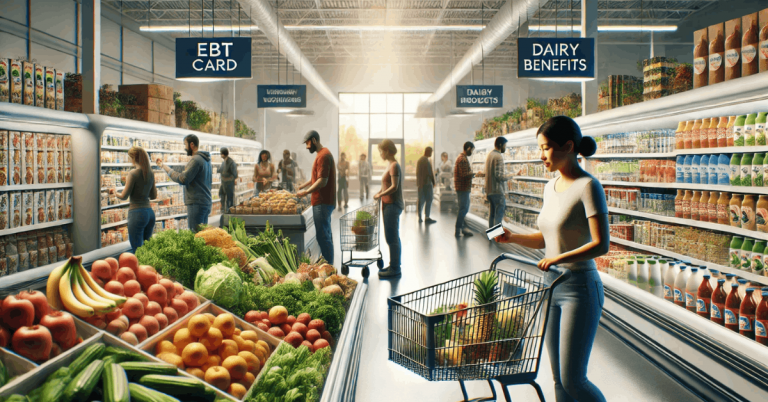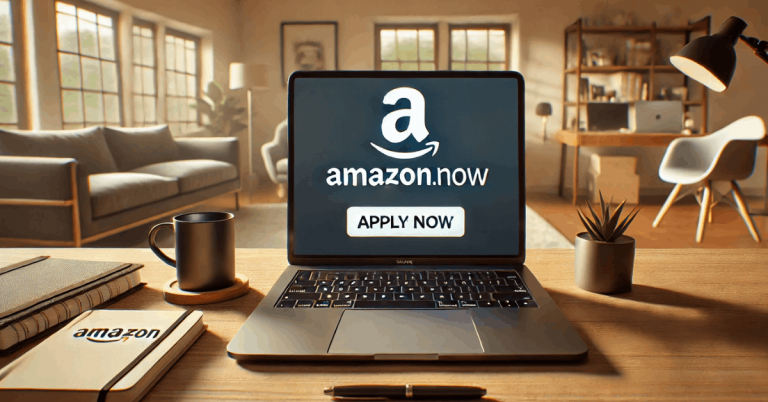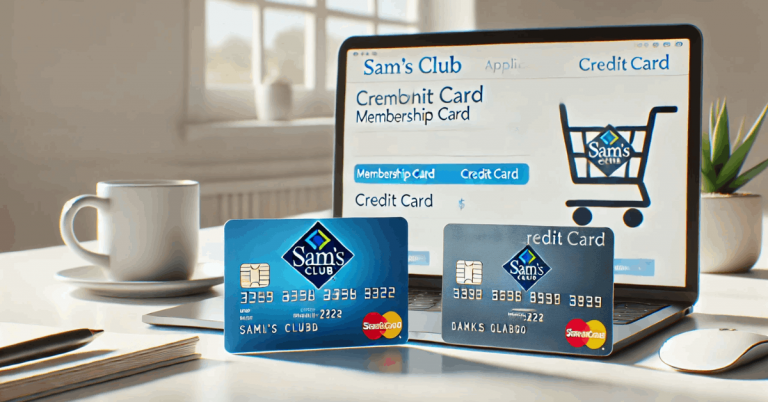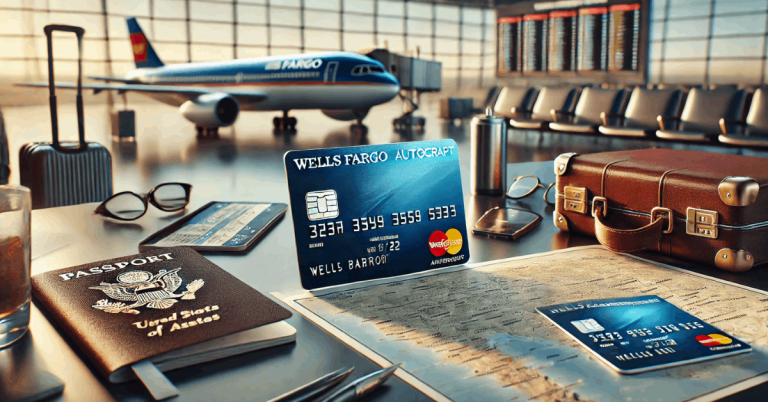The U.S. government’s SNAP (Food Stamps) program helps low-income individuals and families afford food and essential services like communication. If you qualify for food stamps, you may also be eligible for a free mobile phone through certain government programs.
These programs partner with the government to provide free phones to those who meet income requirements. If you’re already receiving food stamps, this could be an easy way to get a phone at no cost.
To get a free phone, check eligibility for programs offering phones to low-income individuals and apply. It’s a straightforward process to take advantage of these opportunities.
SNAP History
SNAP, or the Supplemental Nutrition Assistance Program, is a federal program run by the U.S. Department of Agriculture. It helps low-income individuals and families buy food.
Over time, SNAP has adjusted to meet better the needs of those in the U.S. who face hunger and poverty. SNAP’s main goal is to provide nutritional assistance to those who qualify based on income and eligibility.
It has been updated over the years to address changing challenges, ensuring it continues to be effective. Today, millions of people in the U.S. rely on monthly SNAP benefits to get the food they need. The program plays a key role in supporting low-income households and fighting hunger.
Benefits of the Food Stamps Program
The Food Stamps Program, officially known as the Supplemental Nutrition Assistance Program (SNAP), is a U.S. government initiative that supports low-income households by providing funds through Electronic Benefit Transfer (EBT) cards.
These cards work like debit cards and can be used to buy food at grocery stores nationwide.
Reduces Food Insecurity
The primary goal of the Food Stamps Program is to reduce food insecurity in the United States. When someone applies, their financial situation is assessed. If approved, they receive funds that help stretch their budgets, making it easier to buy nutritious food.
Supports the Local Economy
Food stamps don’t just help individuals; they also support the local economy. People who use EBT cards to shop at local grocery stores, farmer’s markets, and other merchants contribute directly to their communities.
Pros and Cons of SNAP
SNAP (Supplemental Nutrition Assistance Program) supports millions of people in the United States. Here are some of the key benefits and challenges.
Advantages of SNAP:
- Economic Boost: SNAP benefits help local economies by increasing grocery store and retailer spending.
- Nutritional Support: SNAP ensures recipients have access to a healthy diet, promoting better health.
- Flexibility: SNAP benefits can be used for essentials like mobile phones in certain states.
- Educational Support: Students can access online learning tools through mobile phones in some programs.
- Combats Hunger: SNAP addresses food insecurity, ensuring reliable meal access for recipients.
Disadvantages of SNAP:
- Limited Coverage: SNAP doesn’t cover non-food items like hygiene products or household goods.
- Stigma: Users of SNAP may face judgment from others for receiving government assistance.
- Complicated Application: The application process for SNAP is lengthy and requires multiple documents to prove eligibility.
- Frequent Re-evaluation: Recipients must regularly verify their eligibility, which can be time-consuming.
Eligibility and Application Process
The SNAP (Supplemental Nutrition Assistance Program) can help you access a free phone if you meet specific requirements. Here’s what needs to be done:
Eligibility Criteria:
- Residency: You must be a resident of the United States.
- Income Level: Your income must be at or below 200% of the federal poverty level.
- Government Assistance: You must be enrolled in a government assistance program like SNAP, SSI, or Medicaid.
- State Participation: Make sure your state participates in the free phone program.
- Household Limit: Only one free phone is available per household.
- Age Requirement: You must comply with work registration rules if you are between 16 and 59 years old.
- Citizenship: You must be a U.S. citizen or an eligible non-citizen.
Required Documentation
Make sure to gather these documents to prove your eligibility:
- State ID, passport, or driver’s license.
- Current lease, mortgage agreement, or utility bill.
- Most recent pay stub, tax return, or government benefits letter.
- EBT card, SSI award letter, or Medicaid card.
- Social Security Numbers for all household members applying.
- Bank statements showing your financial status.
- Proof of citizenship or eligible non-citizen status.
Steps to Apply for Food Stamps and Get a Free Phone
If you’re looking to get a free phone through the Food Stamps program, follow these steps to ensure you qualify and get your phone quickly.
Step 1: Apply for Food Stamps (SNAP)
Start by applying for the Supplemental Nutrition Assistance Program (SNAP), or Food Stamps.
Make sure you meet the eligibility requirements for SNAP. Once approved, you’ll receive your Electronic Benefits Transfer (EBT) card, which is the key to moving forward.
Step 2: Research Mobile Providers Offering Free Phones
Several mobile service providers in the U.S. offer free phones when you qualify for the Lifeline program.
The Lifeline program is available to those receiving Food Stamps (SNAP) benefits. Look up providers in your area to find one that fits your needs.
Step 3: Check Eligibility for Both Programs
Make sure you qualify for both SNAP benefits and the Lifeline program. Contact your social worker to confirm your eligibility for both before moving on. Once confirmed, proceed with your application for the Lifeline program through your chosen provider.
Step 4: Apply for the Lifeline Program
You can apply for the Lifeline program online, over the phone, or in person.
Submit the necessary documents, such as your SNAP card, proof of income, and any other required paperwork. After submitting your application, wait for the review process to be completed.
Step 5: Wait for Confirmation and Receive Your Phone
After reviewing your application, it may take some time to hear back. If approved, your free phone will be sent to the address provided during your application.
Once it arrives, you’ll be ready to use it for personal or work-related needs.
Conclusion
A free phone can be a valuable resource, especially when rebuilding after financial hardship.
The U.S. government offers several assistance programs, including the Food Stamp program, which helps provide access to food and, in some cases, a free phone.
Use this opportunity to get a free phone while benefiting from the Food Stamp program.
